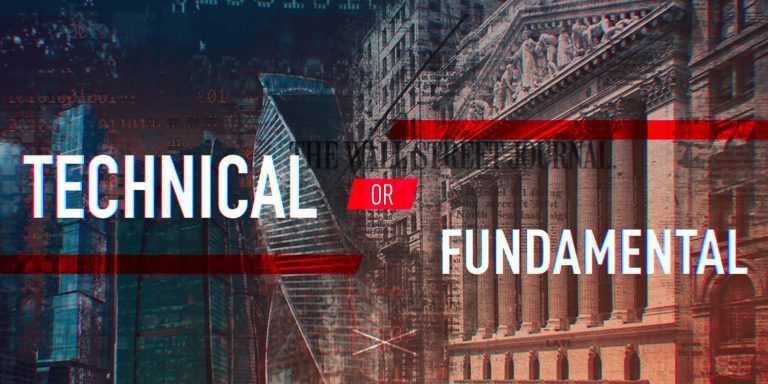Novice traders often wonder what should be their first steps, which strategy to choose and what to pay attention to when entering the global financial markets. One of the first things traders learn is that there are two distinct types of analysis — fundamental and technical. Each one has its advantages and disadvantages of its own. By combining them one might understand the markets better and estimate the future direction of the price movement with higher accuracy. In order to understand how to combine two types of analysis, we will first have to take a closer look at each of them and understand their distinct features.
Analysis types
Technical analysis is built around price chart analysis. Technical analysts use past price performance to draw certain conclusions and evaluate existing market conditions. By using support and resistance levels along with technical analysis indicators traders can determine optimal entry and exit points (when it is possible to open and close the deal). This analysis type can provide a plethora of useful information and help predict the direction of an upcoming trend. However, it can hardly tell what the price will be in the long run, as the price chart cannot provide extensive information on the future performance of an asset.
Fundamental analysis, on the other hand, is focused around the study of real-life events that can affect the asset price. A corporate news release can trigger a massive price swing. The direction of the latter will depend on the information provided in the said release. Good news (outstanding financial performance, new cost-cutting initiative, higher than expected growth prospects) positively affect intrinsic, in other words real, value of a company. Bad news (poor financial performance, negative press coverage) negatively affect intrinsic value and drag the market price down, as well. The same principles apply to currencies, commodities, ETFS and all exchange-traded assets.How to combine?
Combining fundamental and technical analysis is not always easy, yet it can be useful in a number of ways. It is wise to keep track of recent trading volume and monitor the activity of other traders. A trader can use volume indicators to check the power of a prevailing trend — as a rule, trading volume goes up when a trend gains momentum. When the volume goes down, it can be a sign of an upcoming trend reversal. Market behavior is determined by the actions of individual traders. What other people think about the asset thus should be of utmost importance to you.
Traders who rely on fundamental analysis as their primary analysis tool may also incorporate technical indicators into their strategy. They can combine fundamental and technical principles. Traders can trace the connection between fundamental events and signals, received from technical indicators, and use it to spot certain patterns. As the market quite often tends to repeat itself, by being familiar with patterns you can get a competitive edge against other traders.Conclusion
To sum it up, it is safe to say, that the two analysis methods can complement each other and do not have to compete for a place in your trading system. One of them relies heavily on the past performance of the market, the other is shifted towards future events. Both have their benefits as well as their disadvantages and, therefore, can be effectively merged into a unified trading system. Traders should also remember that no matter what analysis type they utilize, it is impossible to correctly estimate the future asset price 100% of the time.

